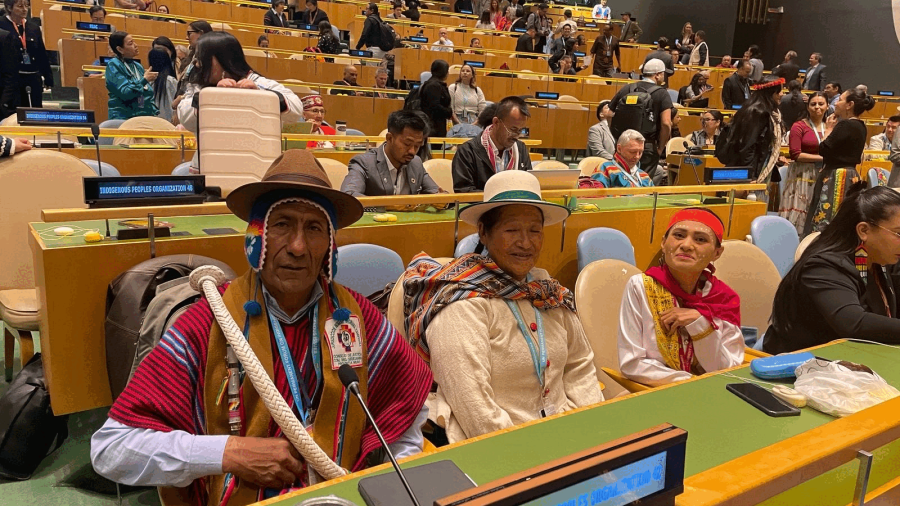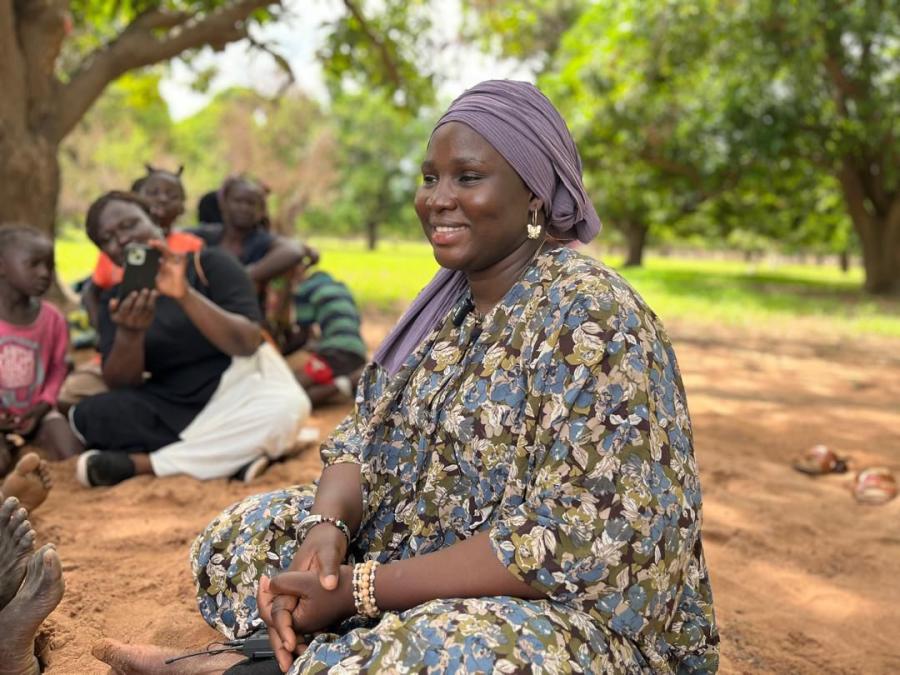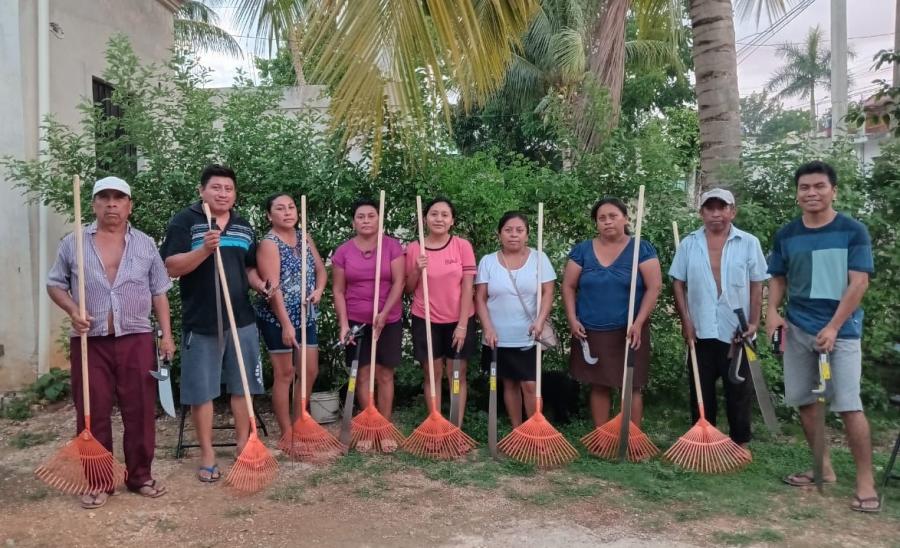
By Madeline McGill
Further complications between extraction industries and Indigenous Peoples have been unveiled in a new report published by First Peoples Worldwide. The report, The Indigenous Rights Risk Report: How Violating Indigenous Peoples’ Rights Increases Industry Risks, found that U.S. extractive companies expose shareholders to tangible risks in neglecting the rights of the Nation’s Indigenous Peoples.
First Peoples’ Indigenous Rights Risk Report analyzes 370 oil, gas and mining sites on or near Indigenous land operated by 52 U.S.-based companies. The results are eye opening. 92% of these sites pose a medium to high risk to shareholders and investors. Yet only 5 companies have Indigenous Peoples policies to guide the company for how to positively engage and work with Indigenous Peoples. Co-written by Rebecca Adamson and Nick Pelosi, the report quantifies many of the social risks posed by extractive industries. Until now, such grievances have been difficult to prove, which has made it difficult to evaluate social risks.
“The push back on evaluating social risks, or at least as far as the conventional wisdom goes, is that there are no quantitative metrics,” said Rebecca Adamson, founder of First Peoples Worldwide and author of the report. “Meaning, social risks are considered to be ‘intangibles’ a word the market uses to ignore whatever it does not want to have to deal with, such as the environment, is intangible. However, like the environment, we are seeing much more public pressure for corporations to be responsible for their footprints: planet and society. The funny thing about ‘intangibles’ is how much attention they are getting in the market nowadays.”
Now that attention is being granted to some of these issues, the next step is to incentivize companies to implement policy that recognizes these risks.
“Indigenous Peoples are securing unprecedented recognition of their rights from governments,” the report states. “But these impressive legal gains are matched with chronic gaps in implementation, especially as they relate to resource extraction.”
One of these gaps is the failure of many extraction companies to formally observe the land and human rights of Indigenous people. Adamson believes that these injustices can be addressed by holding companies accountable not only morally, but also economically.
“If you have bad credit you pay a higher interest rate,” Adamson said. “This is how the market works. So the idea behind the Risk Report is to quantify the risk companies encounter when they violate Free Prior and Informed Consent and tie it to their cost of capital. That way a company that consistently violates Indigenous rights will be rated riskier than one that upholds our rights, and therefore it will have to pay higher financing costs.”
This, she believes, will incentivize companies to take action in a way that local, national, and international governmental bodies have not been able to successfully achieve. The Indigenous Rights Risk Report hopefully will speak to profit-based companies in a language they more readily comprehend: their market value.
“I don’t have much faith in either the national or international political leadership,” said Adamson, “many of the countries are not implementing UNDRIP, courts are slow to rule and often rulings get ignored. The activists are raising awareness and public pressure is mounting. Social media has helped catapult the issue onto national and international attention but the end game for corporations is still about keeping your stock price up and there is no incentive to change yet. No one strategy will solve it we have to continue to build on the legal successes, look for gaps and new strategies, and get more resources flowing directly to our communities. However, using market mechanisms is a crucial void this Report intends to fill.”
Currently, the report states, action is taken to address these social risks if and only if tangible negative consequences arise. This fire-alarm method of regulation, the report finds, is beneficial to neither party.
“These informational loopholes limit the financial sector’s ability to comprehensively manage social risks,” the report states. “In the absence of market incentives for proactively addressing social risks, companies are not prompted to do so until things go wrong, and social risks become social costs.”
The Indigenous Rights Risk Report serves to evaluate these risks both quantitatively and with respect to the most pressing human rights issues affecting Indigenous people.
Looking at 52 oil, gas, and mining companies listed on the Russell 1000 Index (a stock market index that represents the 1,000 largest publicly-held companies in the US), First Peoples Worldwide identified those which overlapped with Indigenous Peoples. From there, they used five risk indicators (Country Risk, Reputation Risk, Community Risk, Legal Risk, and Risk Management) to rate each company on a scale of low to high risk, indicated through numbers 1 through 5.
The findings, as expected, were not positive. 330 projects were assessed for risks associated with operating country, companies’ reputation, the engaged Indigenous community, legal action, and risk management. 35% of those projects had high-risk exposure, and 54% had medium-risk exposure.
The report found that a majority of companies were not exhibiting adequate efforts to establish positive relationships with Indigenous communities. 92% of companies surveyed did not address community relations or human rights at the board level in any formal capacity.
Many found to be at high levels of risk were both small and large companies alike. Companies such as Alpha Natural Resources and Southwestern Energy were found with risk scores of 100%. Companies with risk scores of 50% included names such as Chevron Corporation and Murphy Oil.
Adamson hopes that the report will garner the attention of some of these companies, who rely on intangible assets such as intellectual property, human and social capital, reputation and goodwill, and even risk management accounting for 80% in the valuation assessment of their stock.
It is the purpose of the report, Adamson explains, to link corporate accountability to Indigenous social costs such as overburdened roads and utilities, increased crime, housing shortages, and polluted waters.
“In the case of Indigenous social concerns there will be cultural practices, sacred sites, subsistence livelihoods -- all crucial elements of the social costs we face when corporations come into our territories with or without our consent. By identifying and quantifying these impacts Indigenous Peoples are better informed to make decisions and set development agendas on their own terms. And corporations are better equipped to listen to those terms.”
However, the news is not all bad. There are corporations taking steps towards social awareness. Conoco Philips, Exxon Mobil, Freeport-McMoRan, and Newport Mining all had board committees with community relations or human rights in their mandates. Furthermore, Exxon Mobil has an active and independent external body to advise and evaluate its community relations or human rights performance. While larger companies such as Exxon may be more incentivized for these actions to avoid negative media exposure, they are a step in the right direction.
Adamson believes that with the unprecedented findings of the report and a more unified front, real change could be seen in the relationship between Indigenous people and extractive industries.
“Indigenous Peoples have the potential to set a major portion of the extractive industries agenda but we have to be so much more united and organized,” Adamson said. “The data we collected for the Risk Report was sometimes erratic and had gaps so we were unable to calculate what the total production and future reserves were for Indigenous lands. However, there was a pattern that ran close to 30% of current production was coming from Indigenous lands and up to 60% of the future reserves were on Indigenous lands. This is HUGE. If we were more united we could harness the market forces and make sure it is no longer business as usual. United we could be sure we are all heard in the corporate boardroom whether the answer is NO to development or whether it is YES. Indigenous Peoples would be the ones determining the relationship they want to have with corporations.”
Read the Indigenous Rights Risks Report here.



